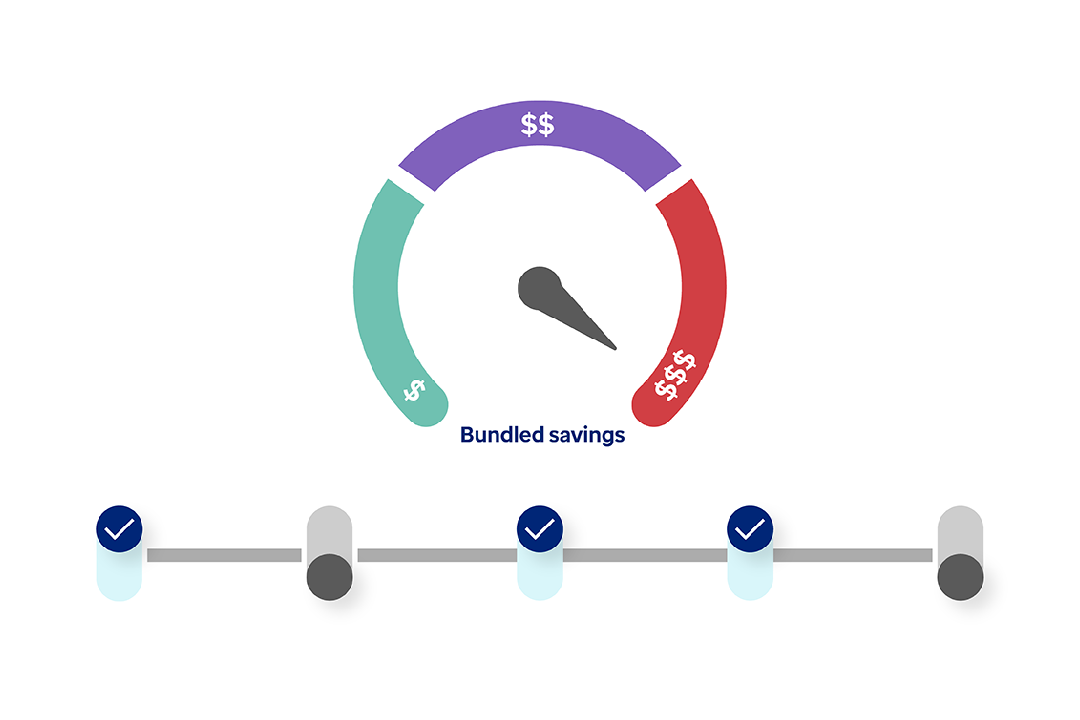Simplify the complexities of fraud case review
Fraud case reviews can be complex and time consuming. After a claim has been flagged as suspicious for fraud, special investigation units (SIUs) often need to consult multiple external systems to review the medical records associated with the claim. This is not only time-intensive but can also lead to inconsistencies across reviews.
While compliance regulations require SIUs to manually review potentially fraudulent claims, there are ways to increase both the efficiency and quality of reviews using artificial intelligence (AI).
Using AI for predictive modeling
Today, AI can be used to review medical records in the same way an SIU would review them. First, AI identifies missing or mismatched data in claims that have been linked to fraud in the past. This data is converted into key indicators of potential fraud, also known as extractors.
Using these pre-defined extractors, analytic models are trained to review the clinical documentation associated with a claim for potential fraud.
The model reviews medical records, claims data, prior authorizations and provider history against the claim for extractors. The model then predicts whether a claim could be paid or denied based on the likelihood of any potential fraudulent activity.
The recommendation and evidence of extractors are presented to an SIU coding consultant via a dynamic user interface. The consultant reviews for accuracy and decides whether the claim should be recommended for payment.
Enhancing quality and efficiency with AI
Using an analytic model increases the quality and efficiency of a health plan's fraud case review program. Automating the initial review of clinical documentation means SIUs spend less time on each claim. The model provides recommendations to SIUs rather than final determinations. So, health plans won't have to sacrifice compliance or accuracy for efficiency.
Using a model also ensures all of the same data and clinical response are used in every review, making recommendations more consistent.
Related content

Comprehensive payment integrity savings

Maximize Recoveries with Subrogation



